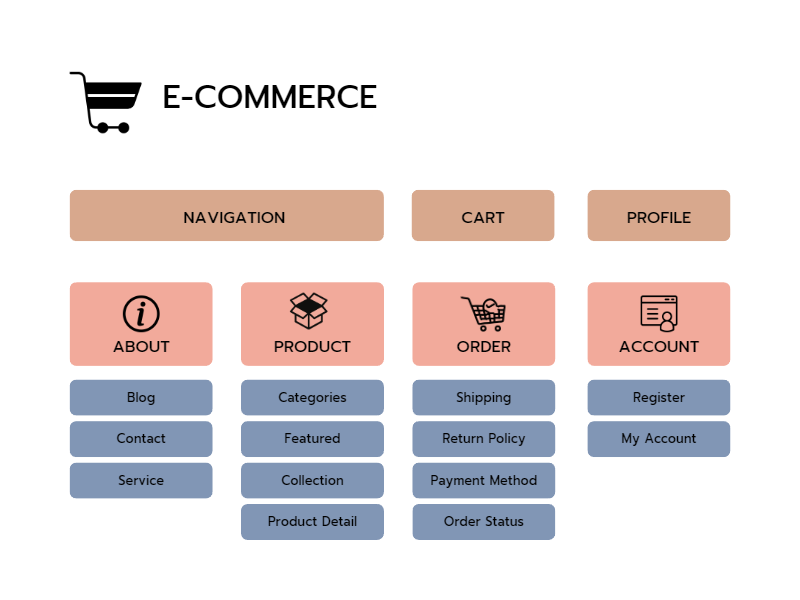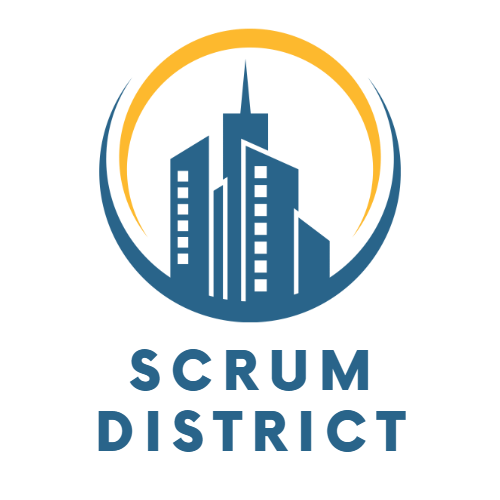Companies can spend a significant amount of time and resources building a fully featured product, only to find out later that it doesn’t meet customers’ needs, or that there is no need at all for such a product on the market.
To avoid this, you can build just enough features to validate an idea, satisfy early customers and gather more feedback for future improvements. And this is where the MVP comes in.
But how do you create an MVP that truly solves customers’ needs? By focusing on the essential features that solve your customers’ pain points, you can create a product that resonates with your audience and delivers real value.
What is an MVP?
An MVP (minimum viable product) is a product that has a minimum set of functionalities, allowing users to complete a task. Its purpose is to validate an idea in the market and get feedback about it.
Before putting time and effort into developing a complete product, you need to know if users are going to love your idea and if they need the product. An MVP is the cheapest and easiest way to learn whether your product will be a success.
Look at the image below, for example. The cupcake on the left, although simple, has the minimum necessary elements for customers to understand it is a cupcake. The one on the right side is a more complex version of what you see on the left.

What does it mean? You can confirm your idea of customers needing cupcakes by entering the market with a simple product (left). Once your idea is confirmed, take the customer feedback and enhance the product to create something that’s closer to customers’ needs and expectations (right).
An MVP gives you the chance to fail earlier and cheaper and learn from an early stage what you have to do next, whether it’s continuing to improve the simple version of the product or pivoting to another idea.
Why do you need an MVP?
It’s cost-effective: This means that you will test and validate your assumptions before investing significant resources into developing a fully featured product. By focusing on delivering only the most essential features, you will save time and time and avoid potential losses if the product fails.
It’s user-focused: By keeping the product to a “minimum” you limit the features to only those that address a real user need, with no additional pretty stuff that can be added at a later time. Once you test the MVP and get real feedback from users, you can have more iterations for adding further functionality to the product.
It can be released fast on the market: The faster you get the product out to the market, the faster you will start getting customers. And the sooner this happens, the sooner you’ll start earning money. Therefore, quicker delivery on the market means faster earnings.
How to build an MVP?
Step #1 Start with product discovery
The foundation of your MVP is product discovery. Not investing enough time into this phase will lead you to build a product that doesn’t solve the right problem. Before investing time and resources into engineering work, make sure you know what you want to build.
This involves finding the right user problem to solve, researching competitors, talking with existing or potential customers, and creating low and high-fidelity prototypes.
I have dedicated an entire article to product discovery, and you can find it here.
Step #2 Define the problem statement
By now, if you went through the product discovery phase, you should have all the information to create a problem statement: the problem you want to address, how it affects your users, and how urgently you should address it.
Based on these details, you can define the problem statement, which should be clear and concise, and outline the problem you will try to solve.
For example, a problem statement can sound like this: Our target audience of busy recruiters struggles to keep track of their interviews, causing decreased productivity and increased stress. They need a simple management tool for interviewing people, to help them stay organized and focused.
Step #3 Determine the success criteria
At this point, you are trying to confirm an idea. And, you need to measure the success of your idea, so you need to think about how you will decide your MVP was a success.
A success criterion can refer to user engagement, which can follow metrics such as the number of daily or monthly active users, number of downloads, or retention rate.
Or you can evaluate the problem-solving ability of the MVP. The MVP should be able to solve the specific problems it was designed to address, so success criteria could be the percentage of users who reported the MVP solved their problem.
There are many other criteria you can set, such as revenue generation, cost-effectiveness, user feedback, and others. It depends on the product.
A key aspect when deciding the success criteria is to identify it before you develop the MVP. This helps the team focus on building a product that meets specific goals. If the success criteria are decided after the MVP release, there is a risk of subjective evaluation of the product’s success, which eventually will lead to misaligned expectations and unclear direction for future development.
Step #4 Determine the MVP’s scope and priorities

This is a good time to have a user story mapping session with your team, which includes UX, developers, and testers.
Prepare a board where you add the features that should compose the MVP. Then, together with your team, find the epics associated with each feature and break down the epics until you get smaller items.
You can have this workshop even without a high-fidelity prototype defined. You only need to have validated priorly the core functionality with the low-fidelity prototype, to know that you are going in the right direction.
Once you’re pleased with the items you have added to the board, you can prioritize them. You will have must-have items on the board, without which the MVP is of no use to users. And you will have items that improve usability and user experience overall. So, you need to decide what to do first in order to deliver a minimum viable product that users will want to continue to use.
Step #5 Create the product backlog
You can now add user stories to the backlog, based on the items you have added on the board at the previous step. It’s possible that not each item can translate into a user story. You may want to split it further or integrate it into a user story that was created from another card.
Add more details in the stories that are on top of the backlog and gradually decrease the level of details as you go to the end of the backlog. This is important because while starting development on the first items, some things may change for the following stories, and you will have to update them repeatedly.
Step #6 Refine the backlog and plan the sprints
Refine the backlog with the team and get some estimates for each story. Preferably, try to have at least one sprint estimated ahead. While this may be difficult in the first refinement, you will get there in the following sessions.
Step #7 Release the MVP
Any existing company with products that are already on the market can release MVPs if they want to bring new products onto the market. If this is your case, when you release the MVP, you can also send a newsletter to your existing users or write a new article on your blog. This can draw their attention towards your new product.
You can also create marketing campaigns to engage with potential users.
Step #8 Measure success
After you release the MVP, it’s time to get into the build, measure, and learn cycle. It means that you will measure the success of the MVP based on the success criteria you have defined at an earlier step. Then you will draw learnings from the results, which will allow you to continue to improve the product or pivot to new opportunities.
Conclusions
An MVP can be a game-changer for businesses looking to launch a new product and it’s a great starting point. With each iteration, based on the data you collect from metrics and from user feedback, you can continuously improve and develop the product.

